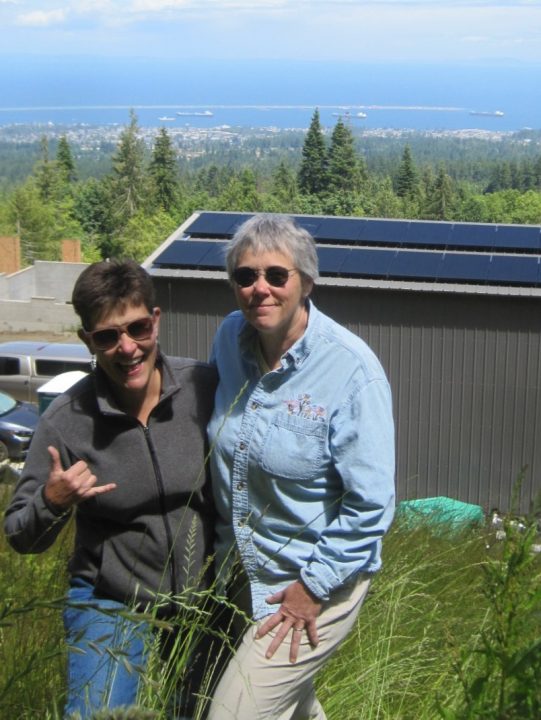In 2020, all new homes built in California will be required to include a solar PV system.. Our neighbors to the south continue to lead.
Since 1978, the California Energy Commission (CEC) has enforced T24 standards. The 2016-2019 code cycle required all new homes to be highly energy-efficient and be “solar ready”. These initial standards required builders to make a rooftop area available for solar and include a space for a circuit breaker to connect any future solar inverter. In the 2019 code, which takes effect in 2020, California now goes further.
To help achieve California’s ambitious climate goals, the state has just become the first in the nation to require all new homes to include solar panels starting in 2020. With the new Title 24 changes, builders are now required to include a minimum solar PV system to offset the expected electrical load of the home.
While a part me rejoices at this advancement, I am also wary of mandates, that is not usually how I like things to be done. However, there are many building code issues that we all live with whenever we choose to build a new home, either as homeowner or builder. Relative to some other requirements, mandatory solar seems completely reasonable. California leads the way again – hopefully Washington and Oregon will soon follow this progress. I would completely support such a mandate, with clear exceptions if people are unfortunate enough to be building a home in the shade.
Andy Cochrane, Sept 16, 2019

7.7 KW SunPower Array – Port Angeles, WA – Clallam PUD Grid – May 2019
by Jen Clark | Sep 16, 2019
Solar Savings – everything you need to know about the federal tax credit for 2019
The federal solar tax credit, allows you to deduct 30 percent of the cost of installing a solar energy system from your federal taxes. This tax credit applies to both residential and commercial systems, and there is no cap on its value. Thanks to the federal tax credit, the average Power Trip Energy client saved over $5,000 on the cost of going solar in 2018.
What does the federal solar tax credit extension mean for the solar industry?
The federal tax credit was originally established by the Energy Policy Act of 2005 and was set to expire at the end of 2007. A series of extensions pushed the expiration date out to the end of 2016, but experts believed that an additional five-year extension would bring the solar industry to its full maturity. Thanks to the spending bill that Congress passed in late December 2015, the tax credit is now available to homeowners in some form through 2021. Here are the specifics:
- 2016 – 2019: The tax credit remains at 30 percent of the cost of the system. This means that in 2019, you can still get a major discounted price for your solar panel system.
- 2020: Owners of new residential and commercial solar can deduct 26 percent of the cost of the system from their taxes.
- 2021: Owners of new residential and commercial solar can deduct 22 percent of the cost of the system from their taxes.
- 2022 on wards: Owners of new commercial solar energy systems can deduct 10 percent of the cost of the system from their taxes. There is no federal credit for residential solar energy systems.
Additionally, in previous years, owners of new solar energy systems could not claim the tax credit unless their system was operational. Now, the legislation allows them to claim it as soon as the construction of the system is complete, as long as it is operational by December 31, 2023.
Do I qualify for the solar panel tax credit?
If you have your solar array completed by the end of 2019 you are eligible for the 30% solar tax credit. Even if you don’t have enough tax liability to claim the entire credit in one year, you can “roll over” the remaining credits into future years for as long as the tax credit is in effect.
by Jen Clark | Jan 8, 2019
“I have 3 phases of solar PV totaling 11.5KW from PowerTrip Energy. Installation went well and wiring was well hidden. After trees were taken down by neighbors and opened up new potential for phases two and three, they even rearranged panels so the highest efficiency ones were in the best position. All three phases are working to my satisfaction. They also installed two car charger outlets and one charger.”
– Charlie Michel
by Jen Clark | Dec 14, 2018

Nothing brightens up a Pacific Northwest day like a glowing review from a client!
“The crew was very professional and personable. They arrived on time at every stage of the process. The installation went great and I could not be happier with the finished product. Their office staff provided timely answers and assistance to all my questions in a timely manner.”
by Jen Clark | Nov 14, 2018

